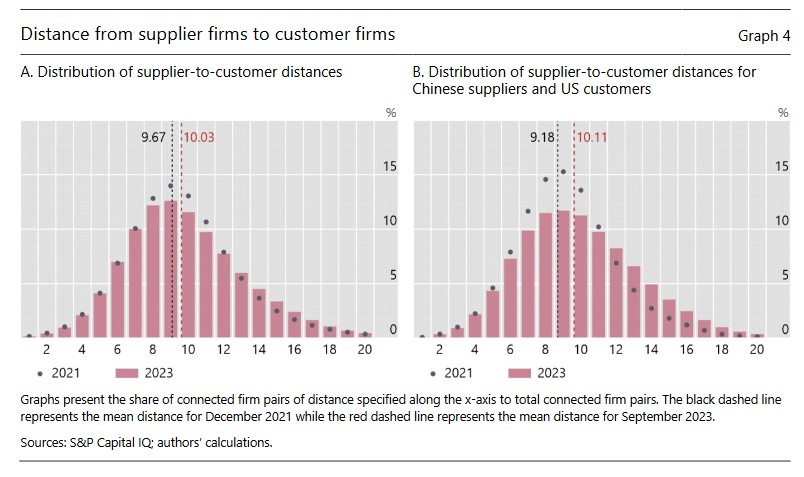Home
| About
| Mine Tracker
| RSS
| Footer
▄▄▄▄▄▄▄▄▄▄▄▄▄▄▄▄▄▄▄▄▄▄▄▄▄▄▄▄▄▄▄▄▄▄▄▄▄▄▄▄▄▄▄▄▄▄▄▄▄▄▄▄▄▄▄▄▄▄▄▄▄▄▄▄▄▄▄▄▄▄▄▄▄▄▄▄▄▄▄▄▄▄▄▄▄▄▄▄▄▄▄▄▄▄▄▄ █▄▄░▄▄█░▄▄▀█░▄▄▀█▀▄▀█░▄▄███░▄▄▀█░▄▄▀█░▄▀███▄▄░▄▄█░▄▄▀█░▄▄▀█▀▄▀█░▄▄█░▄▄▀█░▄▄▀██▄██░███▄██▄░▄█░██░ ███░███░▀▀▄█░▀▀░█░█▀█░▄▄███░▀▀░█░██░█░█░█████░███░▀▀▄█░▀▀░█░█▀█░▄▄█░▀▀░█░▄▄▀██░▄█░███░▄██░██░▀▀░ ███░███▄█▄▄█▄██▄██▄██▄▄▄███▄██▄█▄██▄█▄▄██████░███▄█▄▄█▄██▄██▄██▄▄▄█▄██▄█▄▄▄▄█▄▄▄█▄▄█▄▄▄██▄██▀▀▀▄ ▀▀▀▀▀▀▀▀▀▀▀▀▀▀▀▀▀▀▀▀▀▀▀▀▀▀▀▀▀▀▀▀▀▀▀▀▀▀▀▀▀▀▀▀▀▀▀▀▀▀▀▀▀▀▀▀▀▀▀▀▀▀▀▀▀▀▀▀▀▀▀▀▀▀▀▀▀▀▀▀▀▀▀▀▀▀▀▀▀▀▀▀▀▀▀▀
Sourcing Hub Preffered by Nature
https://sourcinghub.preferredbynature.org/

dentify and mitigate risks in your supply chains from a well-researched global resource
https://sourcinghub.preferredbynature.org/

dentify and mitigate risks in your supply chains from a well-researched global resource
Article, California's new supply chain laws
https://www.politico.com/news/2023/10/07/newsom-california-climate-disclosure-00120474
Taken together, the laws will change the landscape for corporate disclosure. For the first time in the U.S., large publicly traded and privately held corporations doing business in California will need to make public both their impact on the environment, including Scope 3 emissions or those generated through a company’s value chain, and how climate change is impacting their bottom line.
https://www.politico.com/news/2023/10/07/newsom-california-climate-disclosure-00120474
Taken together, the laws will change the landscape for corporate disclosure. For the first time in the U.S., large publicly traded and privately held corporations doing business in California will need to make public both their impact on the environment, including Scope 3 emissions or those generated through a company’s value chain, and how climate change is impacting their bottom line.
Paper; Mapping the realignment of global value chains
https://www.bis.org/publ/bisbull78.htm

The latest firm-level network data reveal that global value chains have lengthened, although without the accompanying network densification that might indicate that supplier relationships are diversifying. Lengthening of supply chains is especially significant for supplier-customer linkages from China to the United States, where firms from other jurisdictions, notably in Asia, have interposed themselves in the supply chain. Nevertheless, these recent developments have not so far reversed the long-running trend toward greater regional integration of trade in recent decades, especially in Asia.
https://www.bis.org/publ/bisbull78.htm

Implementing Quality and Traceability Initiatives among Smallholder Tea Producers in Southern India
https://www.researchgate.net/publication/242185436_Implementing_Quality_and_Traceability_Initiatives_among_Smallholder_Tea_Producers_in_Southern_India

Tea production in the Nilgiri Hills of southern India is undergoing considerable change. The fall in global tea prices since 1998 has had devastating impacts in the Nilgiris, where the majority of tea is produced by peasant farmers on landholdings of less than one hectare. Prices paid for smallholder tea have declined by 47% against an average national decline of only 26% since 1998.
https://www.researchgate.net/publication/242185436_Implementing_Quality_and_Traceability_Initiatives_among_Smallholder_Tea_Producers_in_Southern_India

Tea production in the Nilgiri Hills of southern India is undergoing considerable change. The fall in global tea prices since 1998 has had devastating impacts in the Nilgiris, where the majority of tea is produced by peasant farmers on landholdings of less than one hectare. Prices paid for smallholder tea have declined by 47% against an average national decline of only 26% since 1998.
What is a Supply Chain?

"To understand supply chain management, one must first begin with a discussion of a supply chain; a generic one is shown. The supply chain shown in the figure starts with firms extracting raw materials from the earth -- such as iron, oil, wood, and food items -- and then selling these to raw material suppliers such as lumber companies, steell mills, and raw food distributors. These firms, acting on purchase orders and specifications they have received from componenent manufacturers, turn the raw materials into materials that are usable by these customers (materials such as sheet steel, aluminum, copper, lumber, and inspected foodstuffs.) The component manufacturers, responding to orders and specifications from their customers (the final product manufacturers) make and sell intermediate components (electric wire, fabrics, plumbing items, nuts and bolts, molded plastic components, component parts and assemblies, and processed foods). The final product manufacturers (companies such as Boeing, General Motors, and Coca-Cola) assemble the finished products and sell them to wholesalers or distributors, who then resell these products to retailers as their product orders are received. Retailers in turn sell these products to us, the end-product consumers."
From Principles as Supply Chain Management (Wisner, Tan, Leong. 2016)
In the context of this website what is important that information travels up and down the chain, but not all data points to all participants equally

"To understand supply chain management, one must first begin with a discussion of a supply chain; a generic one is shown. The supply chain shown in the figure starts with firms extracting raw materials from the earth -- such as iron, oil, wood, and food items -- and then selling these to raw material suppliers such as lumber companies, steell mills, and raw food distributors. These firms, acting on purchase orders and specifications they have received from componenent manufacturers, turn the raw materials into materials that are usable by these customers (materials such as sheet steel, aluminum, copper, lumber, and inspected foodstuffs.) The component manufacturers, responding to orders and specifications from their customers (the final product manufacturers) make and sell intermediate components (electric wire, fabrics, plumbing items, nuts and bolts, molded plastic components, component parts and assemblies, and processed foods). The final product manufacturers (companies such as Boeing, General Motors, and Coca-Cola) assemble the finished products and sell them to wholesalers or distributors, who then resell these products to retailers as their product orders are received. Retailers in turn sell these products to us, the end-product consumers."
From Principles as Supply Chain Management (Wisner, Tan, Leong. 2016)
In the context of this website what is important that information travels up and down the chain, but not all data points to all participants equally
Newsletter, Supply Chain in Numbers
https://scnumbers.substack.com/
Weekly/monthly five significant numbers from the world of Supply Chain.
https://scnumbers.substack.com/
Weekly/monthly five significant numbers from the world of Supply Chain.
First use of the word supply chain
https://www.supplychainopz.com/2013/05/history-of-logistics.html

In 1905, The newspaper "The Independent" published the article that contained the word "Supply Chain" for the first time
https://www.supplychainopz.com/2013/05/history-of-logistics.html

In 1905, The newspaper "The Independent" published the article that contained the word "Supply Chain" for the first time